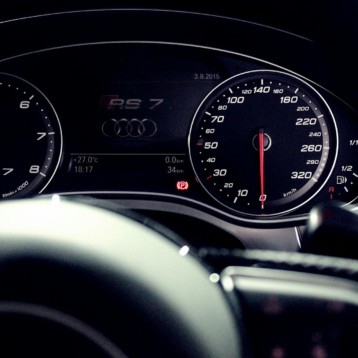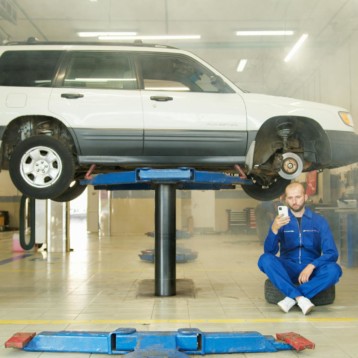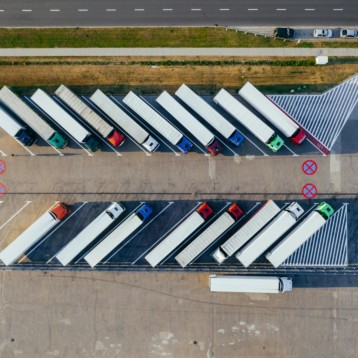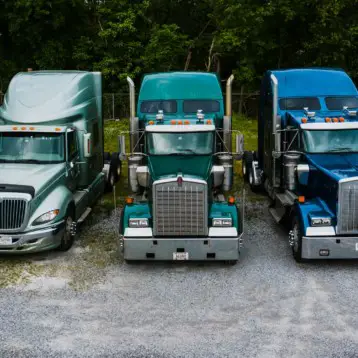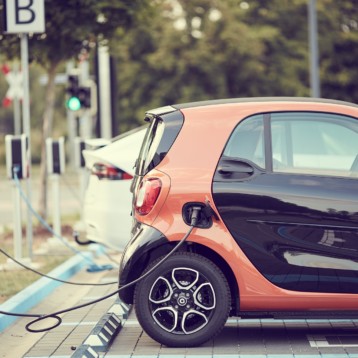Modern technology has allowed for advanced safety features to be installed in public transportation vehicles to enhance safety. The use of sensors, predictive analytics, and GPS technology has transformed the capabilities of safety features such as real-time monitoring and automated collision avoidance systems. These technologies not only create more efficient transportation systems, but also help prevent serious public transportation accidents from occurring and injuring public transit users.
Real-Time Vehicle Monitoring
Real-time vehicle monitoring can greatly improve public transportation safety through the use of advanced sensors and GPS technology. With this technology, transportation companies are able to monitor the location, speed, and condition of public transit vehicles in real-time. This allows transportation companies to stay up-to-date and identify potential issues before they become serious safety hazards.
With real-time monitoring technology, transportation companies can be notified of safety hazards such as if a vehicle is traveling at an unsafe speed or if driver behavior is unsafe on the road. Once the transportation company is notified of unsafe driving practices, they are able to take corrective action in real-time to prevent injuries in an accident.
Real-time monitoring can be helpful in reducing the risk of accidents given the capabilities of detecting potential maintenance issues before they become safety hazards. The use of advanced sensors can detect when a vehicle’s brakes have been worn down, for example. Because of this, transportation companies can be notified of the need for maintenance ahead of time, before the brakes fail and cause a dangerous accident.
The use of GPS technology for real-time vehicle monitoring can also help with optimizing routes and reducing traffic, which can help prevent traffic delays or accidents caused by overcrowded roads. By utilizing real-time vehicle monitoring technology, public transportation companies can greatly improve safety, reduce accidents, and provide a more reliable and efficient transportation experience for their passengers.
Collision Avoidance Systems
Collision avoidance systems can be highly useful technology in preventing public transportation accidents. Collision avoidance systems use advanced sensors, cameras, and other technologies to detect and avoid potential collisions with other vehicles or objects on the road. These technologies are used for advanced driver assistance systems to detect potential collisions and automatically apply the brakes or take other corrective actions to avoid public transportation accidents. The automatic braking feature of collision avoidance systems is a helpful safety measure to prevent collisions with objects or other vehicles that are detected. This is helpful for preventing accidents caused by driver error or distractions.
Sensors used for collision avoidance systems can also help alert drivers if they are drifting out of their lane, which can be helpful in preventing accidents caused by driver fatigue. Blind spot monitoring features are also helpful for improving safety and preventing public transportation accidents, specifically involving large buses. Collision avoidance systems can detect other vehicles in the driver’s blind spot and alert them before merging or changing lanes.
Pedestrian detection is another capability of collision avoidance systems which can significantly improve public transportation safety and reduce the risk of pedestrian accidents. Sensors can detect and warn public transit drivers when pedestrians or bicyclists are in the vehicle’s path and automatically apply the brakes to prevent accidents. The technologies used for collision avoidance systems can provide advanced warning of potential hazards, allowing drivers to take action and prevent accidents before they result in serious injuries.
Automated Maintenance Monitoring
Automated maintenance monitoring can be a powerful tool for improving public transportation safety. By using IoT sensors and other technologies, automated maintenance monitoring can provide real-time updates on the health of vehicles used for public transportation and detect potential maintenance issues before they become safety hazards for passengers.
With the ability to detect maintenance issues early on, automated maintenance monitoring can help ensure the safety and proper functioning of public transportation vehicles before they cause potential accidents or injuries. Early detection and prompt maintenance of vehicles used for public transportation can help improve the overall reliability of public transit systems by reducing the risk of accidents caused by mechanical failures. Automated maintenance monitoring systems are able to notify transportation companies of any maintenance issues that can be potential safety hazards in order to ensure that vehicles are operating at peak performance.

